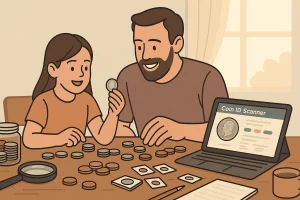Introduction to the Historical Significance of Coinage
Why Coins Are More Than Just Money
Imagine holding a coin from centuries ago—the weight of it in your palm isn’t just metal; it’s history solidified, a storyteller in disguise. Coinage isn’t merely about commerce. These tiny disks have carried the heartbeat of civilizations, whispers of revolutions, and the pride of empires. From ancient Rome to Ming China, coins did more than buy bread—they proclaimed power, told tales of gods and kings, and celebrated victories.
Consider the Roman denarius: it wasn’t just currency but a tool of propaganda, stamped with images of emperors’ faces to remind citizens who was in charge. Coins traveled across vast trade routes, bearing the marks of cultures that once thrived. You can almost imagine these pieces exchanging hands in bustling bazaars or war campaigns, each time bridging human connections.
What Makes Coins Universally Powerful Symbols?
It’s fascinating how coins managed to become universal messengers. Here’s why:
- Durability: Unlike paper, they survive centuries buried in the earth, preserving history.
- Design: They immortalize art, national identity, and pivotal moments with every intricate carving.
- Mobility: Coins crossed oceans and continents, spreading ideas as much as currency.
Each coin is more than an exchange unit—it’s a mirror reflecting the soul of its era.
Major Historical Events That Shaped Coinage Design and Use
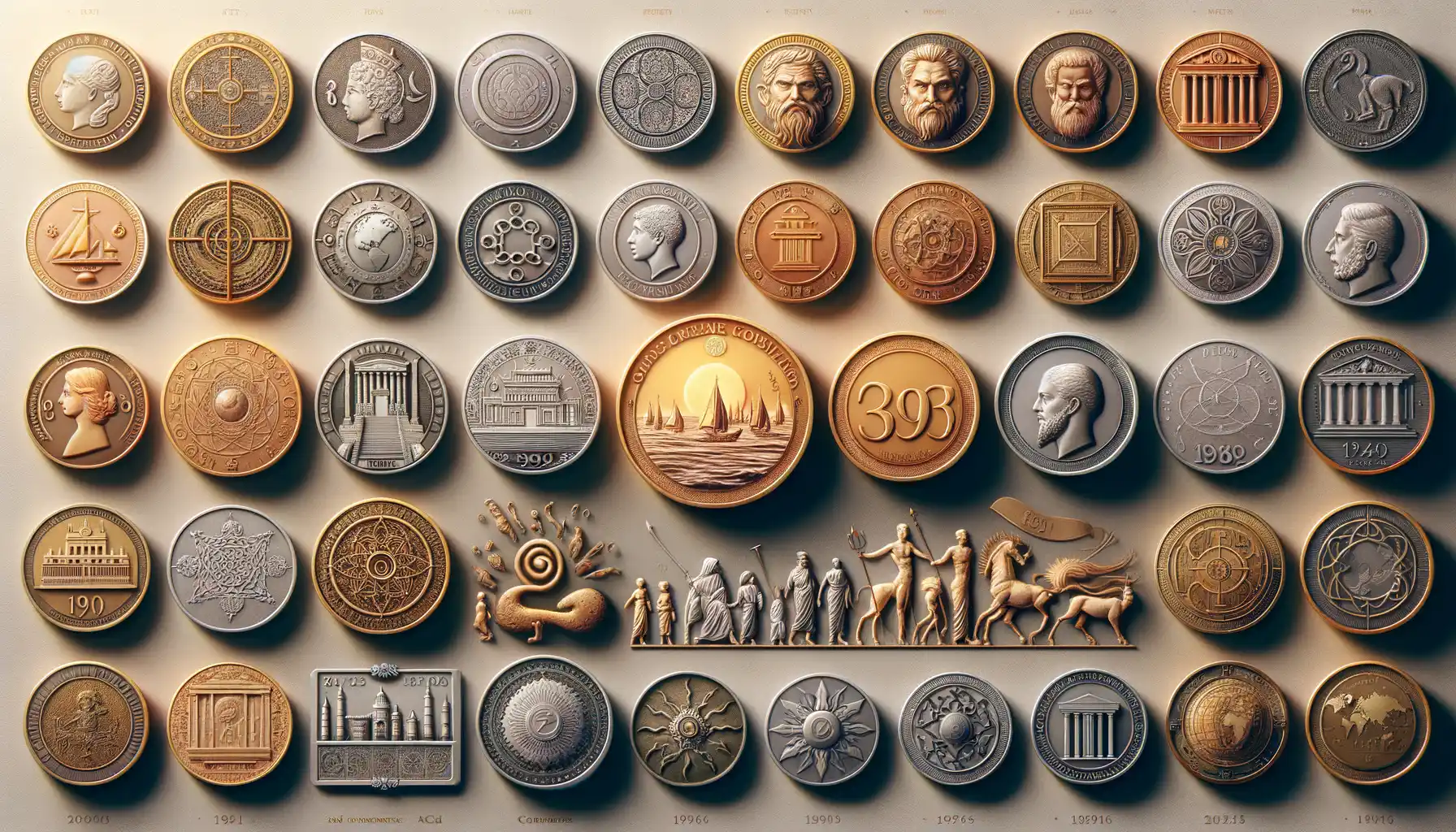
The Role of War and Revolution in Shaping Coins
Coins have always been a canvas for power, ambition, and even rebellion. During times of war or upheaval, they’re not just shiny pieces of metal; they become statements—bold, daring, unforgettable. Take the French Revolution, for instance. The monarchy’s regal symbols were torn from coins as swiftly as heads rolled from guillotines, replaced with motifs of liberty and equality. Each coin became a miniature propaganda piece, shouting, “The old world is gone!”
Wars? Oh, they revolutionized coin metals too. Remember World War II? Precious metals were hoarded like treasure chests, leading countries to adopt cheaper materials. This gave birth to coins made of steel or aluminum—light and easy to produce en masse. If you hold one today, it’s like holding a relic of human ingenuity in the face of crisis.
- American Civil War: Confederate coins featured grandiose designs reflecting their short-lived vision of independence.
- World War I: Nations introduced ration tokens, proving coins could adapt to food scarcity.
Coins don’t whisper history—they shout it. You just have to listen.
Trade Routes That Merged Cultures on Metal Discs
Picture this: caravans traversing the Silk Road, ships sailing the Mediterranean—what do they carry? Goods, yes. But also coins. Trade has always been the great connector, and coins became global travelers long before us. The Roman denarius found its way into distant lands, mingling with local currencies. Imagine the shock of an ancient merchant trading silks in China and being handed a Roman coin embossed with the profile of Emperor Augustus.
And let’s not forget medieval Islamic coins, dazzling with intricate Arabic script. These weren’t just tools of trade—they spread art, language, and belief systems. They whispered the story of distant empires to anyone who touched them.
Coinage wasn’t static. Traveling routes turned them into evolutionists, merging influences like cultural alchemists. Ever held a coin and felt its weight? That’s not just metal. That’s a bridge between worlds.
Cultural and Economic Influences on Coinage Through History
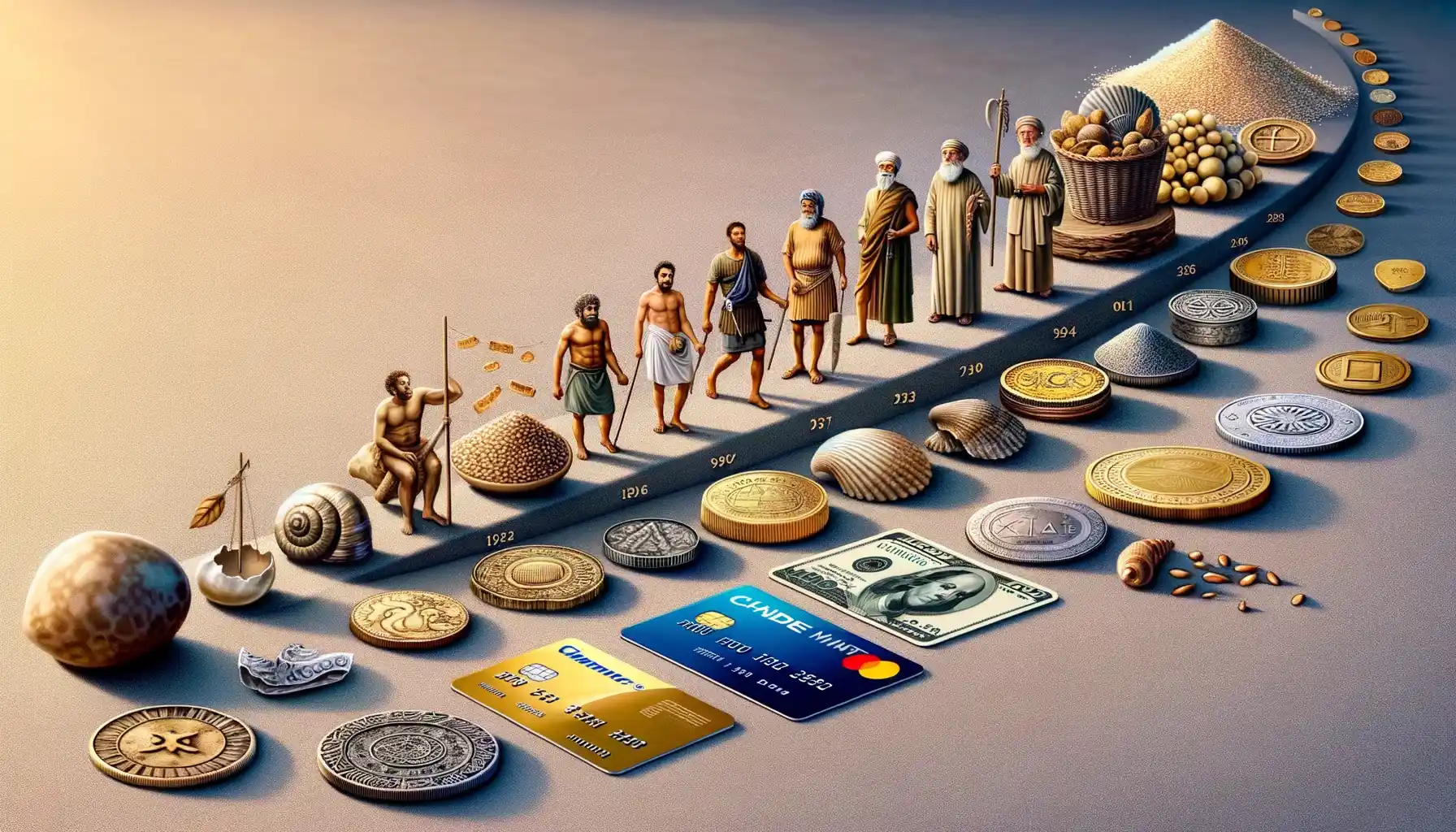
The Dance Between Culture and Currency
Coins are more than metal discs; they are tiny mirrors reflecting the heart of a civilization. Every scratch, every engraving, every symbol whispers tales of cultural pride, political shifts, and economic priorities. Picture ancient Greece: their coins didn’t just boast intricate designs—they celebrated gods like Athena and Zeus, anchoring their belief system in daily transactions. It’s as if each coin was a mini PR campaign for their way of life.
Jump to medieval Europe, and you’ll notice something fascinating. The faces of kings and queens dominated most coins. Why? Because these rulers weren’t just heads of state—they were walking, breathing advertisements for stability and power (or so they hoped). Coinage wasn’t just currency; it was propaganda snugly tucked into your pocket.
- Religious influences: Think of Islamic dinars, decorated with calligraphy instead of human figures, respecting the prohibition on iconography in Islamic art.
- Trade routes: Coins often adapted foreign designs to ease international trade. Look no further than Roman coins borrowing Greek motifs as cultural olive branches.
And let’s not ignore the economy. Boom times birthed coins flaunting wealth—platinum strikes, anyone? Meanwhile, recessions shrank coins or swapped silver for cheaper metals. History proves: coins evolve as cultures thrive, struggle, and trade their stories.
Technological Advancements and Their Impact on Coin Production
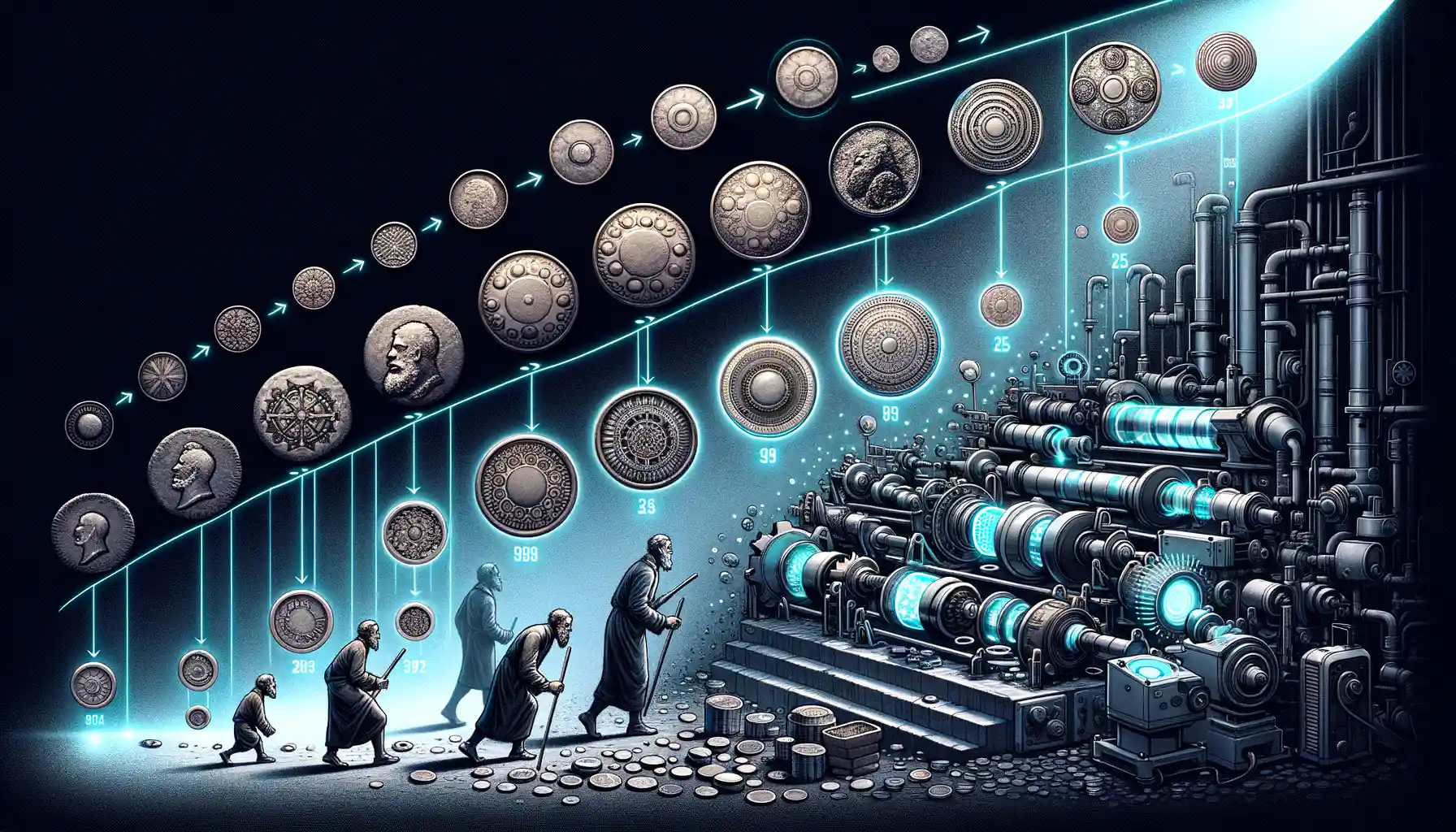
The Machinery That Revolutionized Coin Creation
Picture this: centuries ago, crafting coins was a labor-intensive, manual process. Artisans would manually strike metal blanks one by one, embedding designs with hand-carved dies. It’s both beautiful and exhausting to imagine, isn’t it? Enter the Industrial Revolution—like a bolt of lightning to coin production. Suddenly, the hum of steam-powered presses replaced the clanging of hammers, and precision became the new standard.
With advances in technology, coin-making transitioned into an era of efficiency. The introduction of mechanized minting allowed for not only larger quantities of coins but also intricate designs that were nearly impossible before. Think about the fine details you see on a modern quarter: those razor-sharp edges and delicate patterns aren’t just artistry—they’re the result of cutting-edge machinery.
- The screw-press brought accuracy to striking coins. Imagine it as the first “printer” for currency.
- Later came electric and hydraulic presses, which elevated speed and eliminated human error.
Even today, technologies like laser engraving and digital modeling continue to add a futuristic flair to coinage, proving that money is as much a product of science as it is of art.
Technology Meets Creativity: The Era of Innovation
Let’s fast-forward to the 20th century—a time when technology collided head-on with artistic ambition. Ever heard of the micro-engraving featured on modern coins? That’s not just decoration; it’s a marvel of innovation designed to combat counterfeiting. Countries like Canada, with its famous “golden loonie,” use advanced alloys and multilayer plating to create coins that sparkle differently depending on the light.
And, oh, the materials! In earlier periods, coins relied heavily on gold and silver. But thanks to metallurgical advancements, today we have titanium, nickel, and even experimental polymers making their debut. This shift isn’t just economical; it’s symbolic of a world moving at lightning speed. To think a humble coin holds the fingerprint of centuries of technological brilliance—it’s enough to give anyone goosebumps.
Modern Repercussions of Historical Coinage Trends
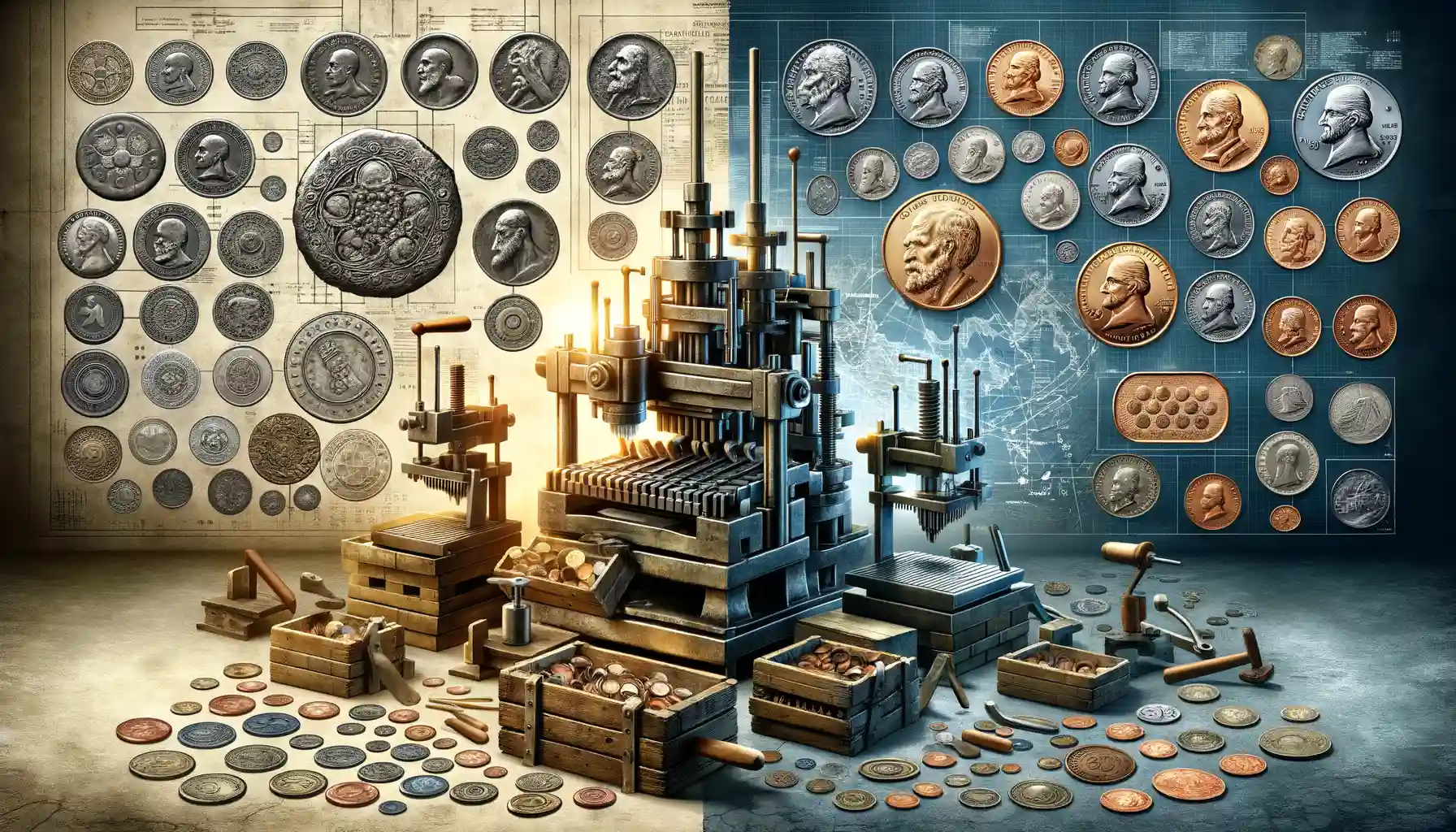
The Echoes of Ancient Coinage in Modern Wallets
Our wallets and digital accounts may not seem connected to ancient history, but oh, how wrong that assumption is! The choices made centuries ago—whether influenced by ambition, artistry, or mere practicality—have left fingerprints on the coins and currencies we use today. Think about it: why do coins still feature leaders, emblems, or symbols? It’s not by chance. These design choices stem directly from historical trends where rulers cemented their legacy by stamping their faces onto metal.
Some of these ancient practices show up in surprising ways in modern coin production and even in our spending habits. Take these examples:
- Bimetallic coins like the €1 and €2? They’re rooted in ancient Rome’s dual-metal coin systems.
- The loyalty points on your phone? A distant cousin of currency reform during the Renaissance to stabilize values and trust in exchange.
Coins aren’t just objects; they’re a narrative, unfolding over centuries and merging history with innovation. When we touch a quarter or watch Bitcoin fluctuate, we’re engaging in a dialogue started long before us, shaped by emperors, traders, and revolutionaries alike.

